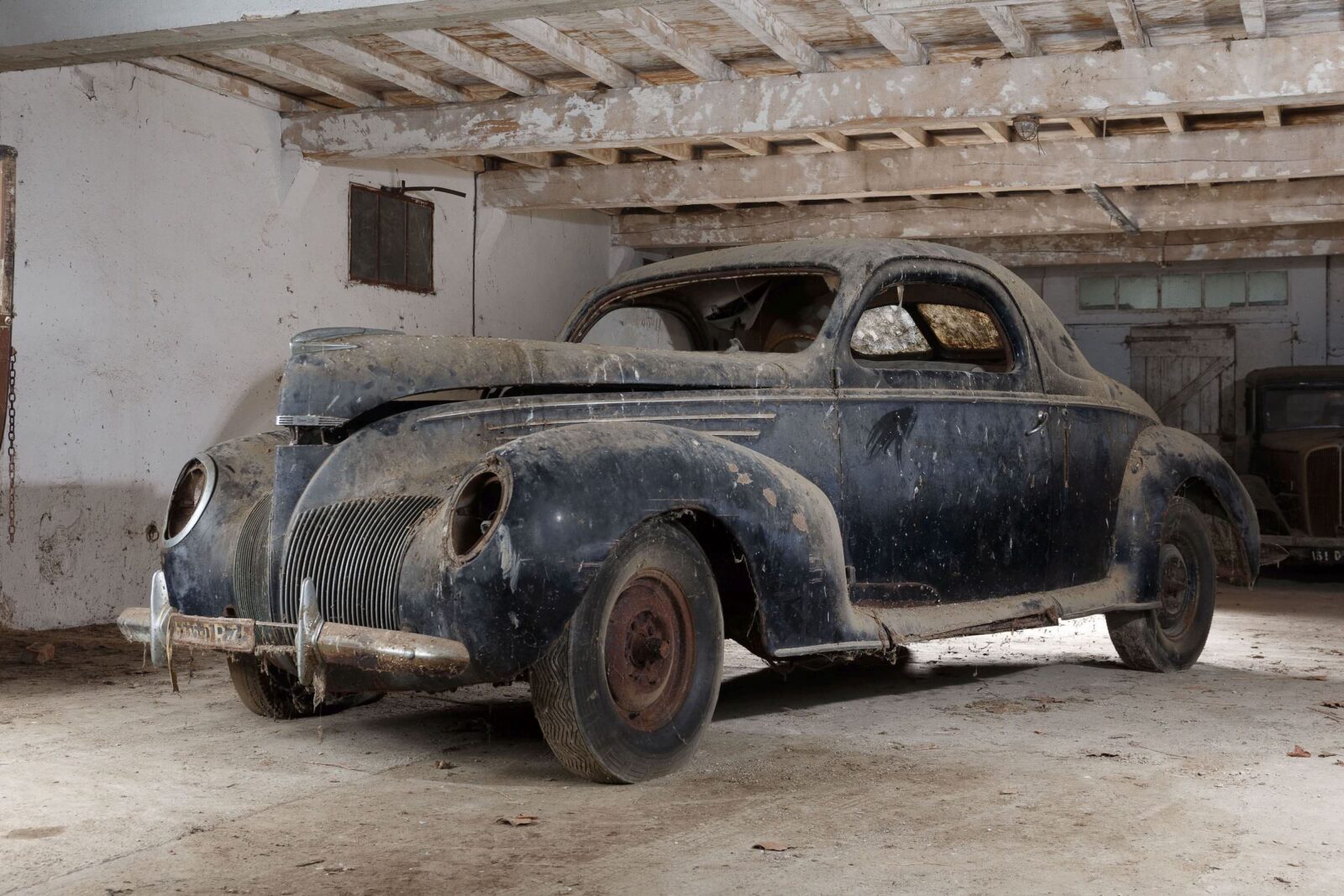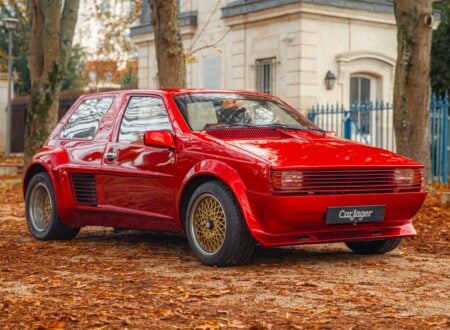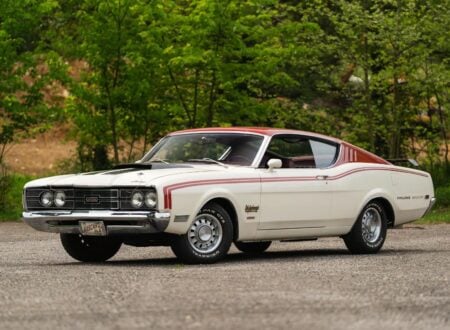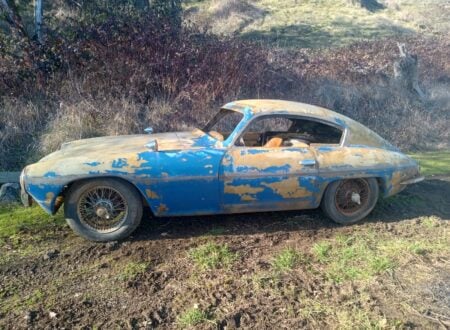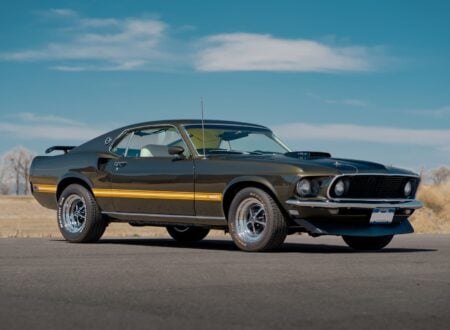When it was introduced in 1935 the Lincoln-Zephyr V12 had its work cut out for it, it was a high-end luxury car being offered for sale in the middle of the Great Depression – the most severe economic downturn of the 20th century.
The car quickly proved itself a winner, in its first year 15,000 of them were sold which accounted for approximately 80% of Lincoln’s total sales.
Competition among the marques in Lincoln’s market sector was fierce, brands like Packard, LaSalle, and Chrysler with its Airstream all battled for every sale. The Lincoln-Zephyr V12 had three key strengths when compared with its competitors, it had almost impossibly handsome streamlined aerodynamic styling, it used advanced unibody construction, and it was powered by a V12 – its rivals largely made do with V8 and straight-8 engines.
Although there’s obviously nothing wrong with eight cylinders, even the most ardent lover of V8s has to admit there is something magical about the sound from a V12.
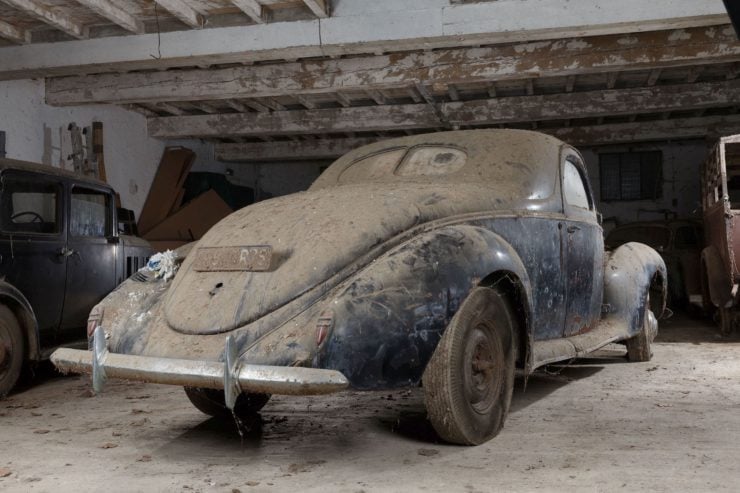
Lincoln-Zephyr V12 Coupe
The Lincoln-Zephyr was powered by the H Series V12, a 267 cu. in. (4.4 litre) flathead engine based on the iconic Ford flathead V8 that had first appeared a few years earlier in 1932. The H Series V12 was distinct from the Ford V8 for a number of reasons, the Ford flathead V8 had a 90° V as opposed to the narrower 75° V of the V12, and the H Series V12 was rapidly and consistently upgraded over its lifespan.
The Lincoln-Zephyr V12 was penned by Dutch designer John Tjaarda, Tjaarda was fascinated with aircraft engineering and aerodynamics so he worked with an engineering team to create a sleek unibody design for the Zephyr that was years ahead of its time. The benefits of unibody construction typically include a lighter overall weight and better rigidity than the more traditional body-on-frame construction.
The H Series V12 did initially have some teething issues including overheating and some issues with oil flow. These were largely resolved by the second year of production when the engine switched to iron heads, larger coolant passages, and an upgraded oil pump.
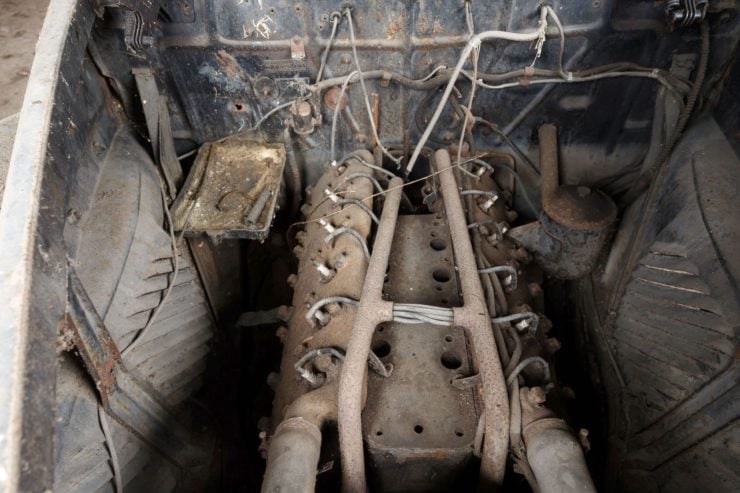
Power output from the engine was impressive at 110 hp but perhaps more importantly the engine produced 180 ft lbs of torque from 400 rpm all the way up to 3,500 rpm – this gave the car genuinely remarkable performance for the mid-1930s.
On release in 1936 the Lincoln-Zephyr V12 was offers as both a two-door sedan and a four-door sedan, with an optional radio. In 1937 a new three-window, two-door coupe was offered and in 1940 the model line up was joined by a town limousine and convertible versions of the coupe and the sedan. Production was halted in the early 1940s when the United States joined the Second World War, when it restarted after the war the name “Zephyr” had been dropped from the model name.
The 1939 Lincoln Zephyr V12 Coupe Shown Here
The 1939 Lincoln Zephyr V12 Coupe you see here is in true barn find condition, it’s listed as being almost complete but most importantly the engine is visible under the hood and the car is described as not having been attacked by corrosion.
The car clearly needs a complete restoration, but it does appear to be an excellent candidate for a rebuild as it’s a 1939 model which means the engine will benefit from many of the reliability updates that had to be made to earlier cars.
This Zephyr is one of dozens that are part of the André Trigano collection, they’re all due to come up for auction on the 13th of September in France. The price estimate on this car is $10,800 to $16,300 USD which potentially makes it a good deal for a team experienced with Lincoln-Zephyr V12s.
If you’d like to read more about the car or register to bid you can click here to visit the listing on Artcurial.
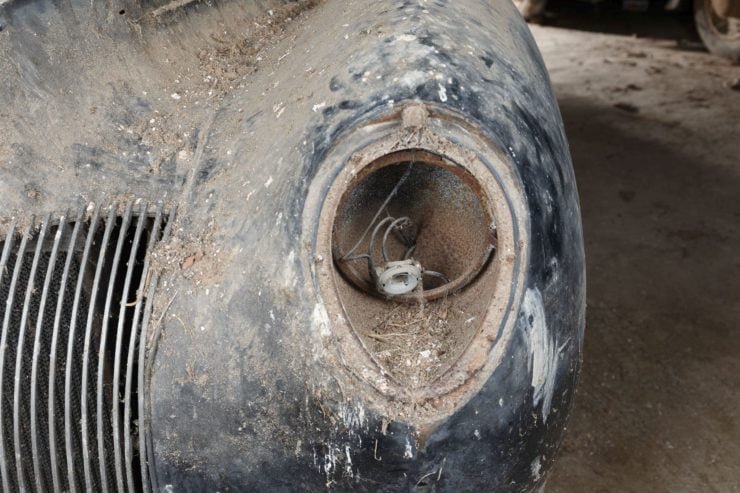
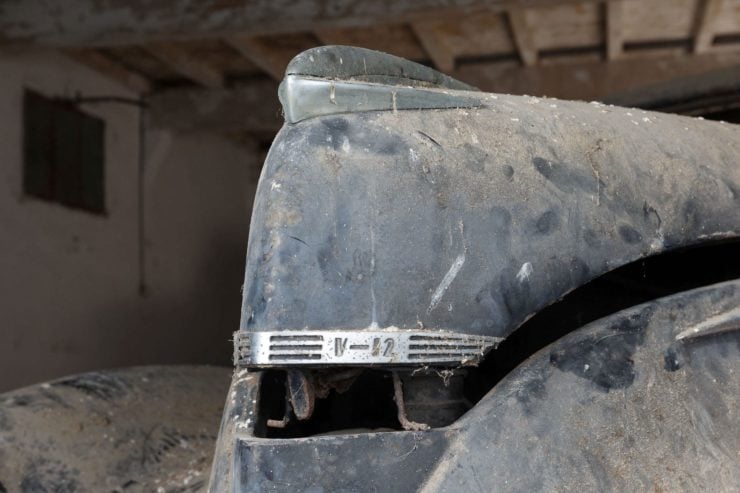
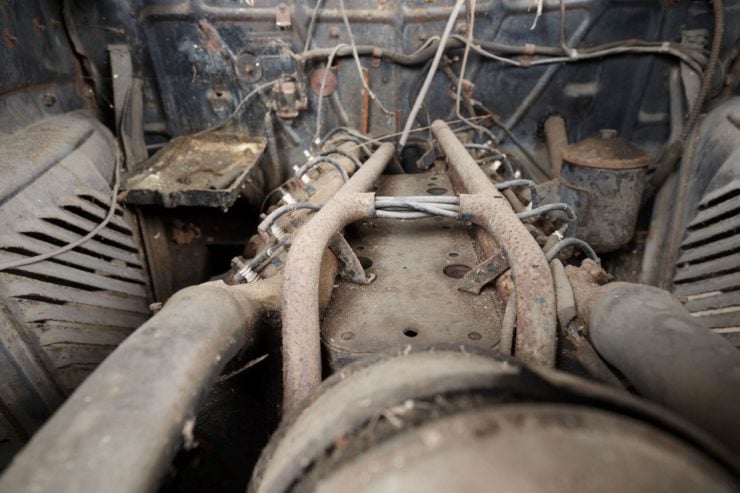
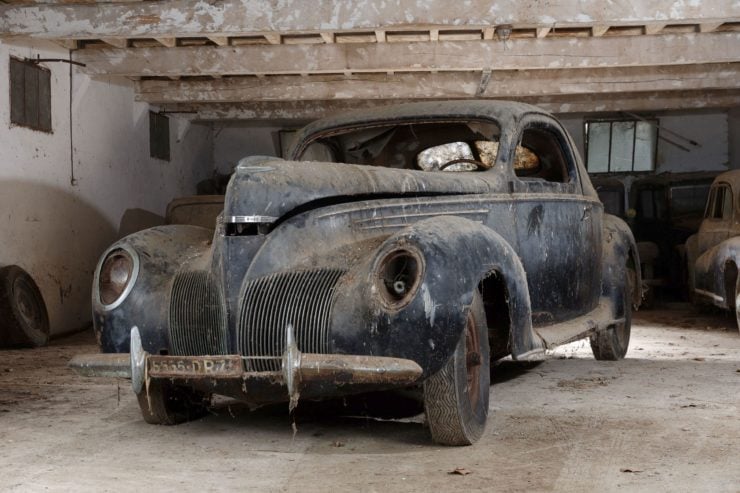
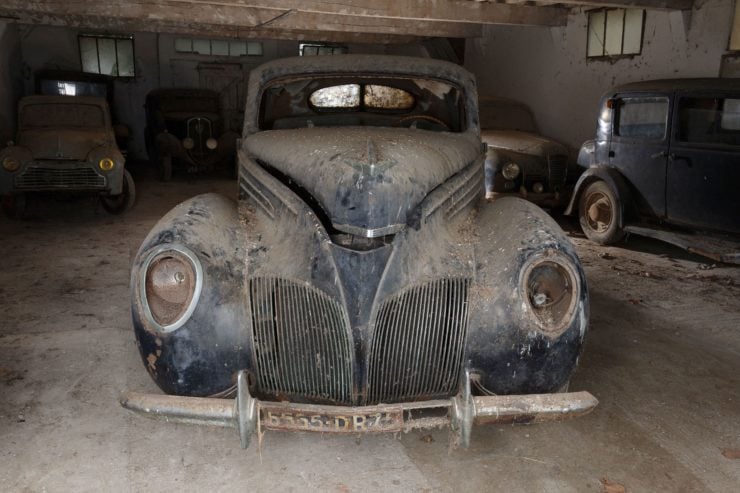
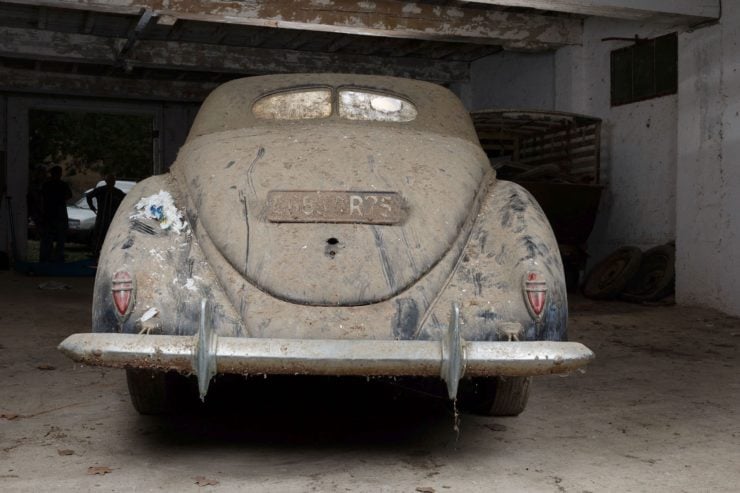
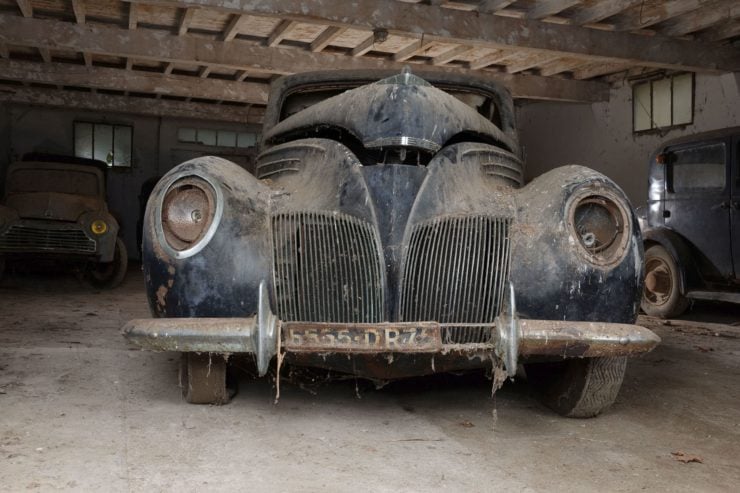
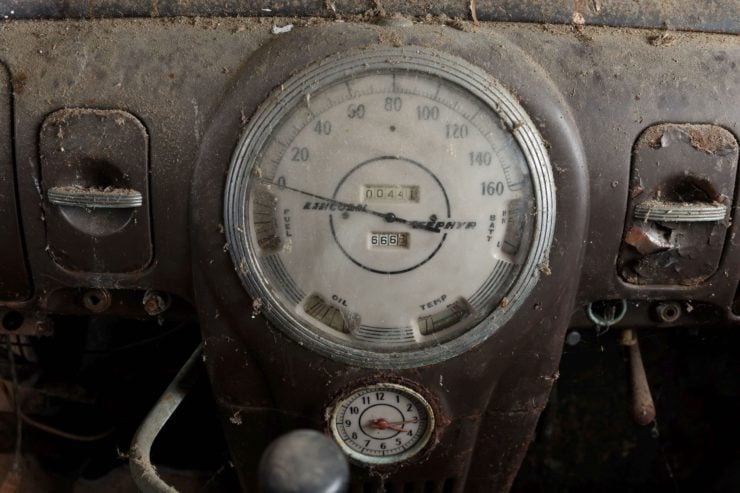
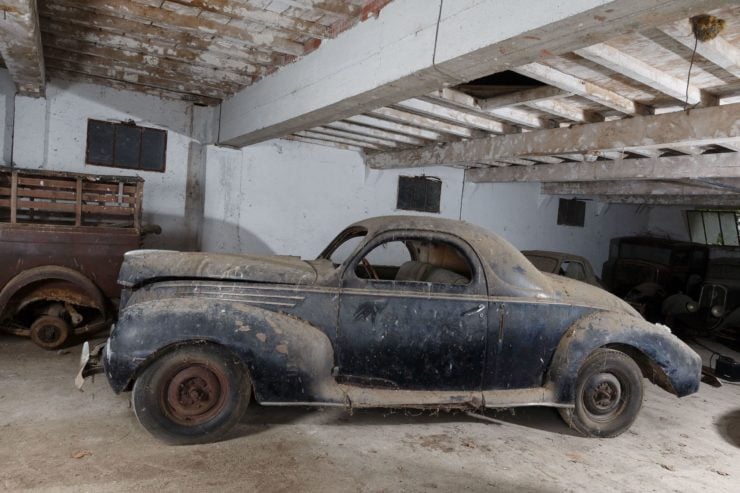
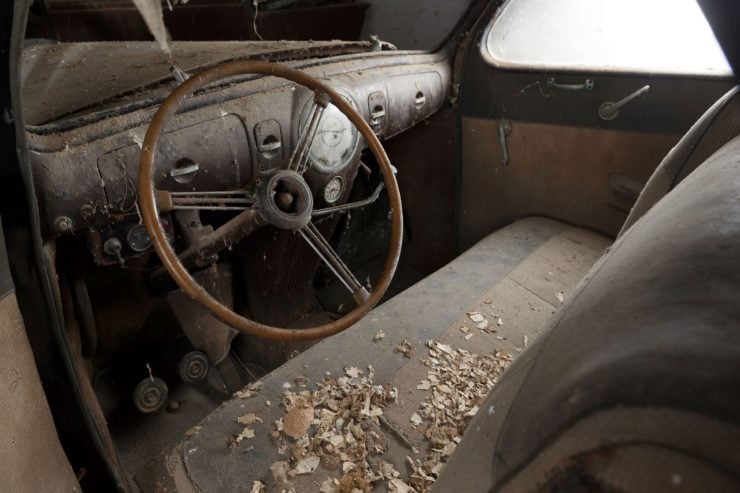
All images courtesy of Artcurial – 2020 © Peter Singhof

